

Gautam Sharma
2 Months Ago
The new Toyota LandCruiser 300 Series will reportedly borrow its petrol engine from the Lexus LS, while its new diesel six will out-punch the current V8.

News Editor
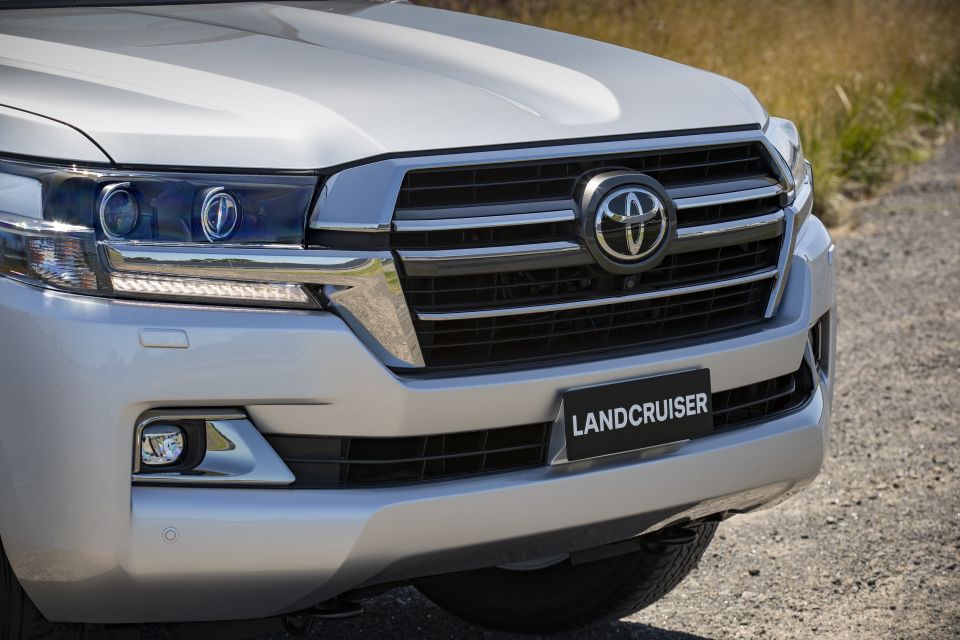

News Editor
The much-anticipated 2021 Toyota LandCruiser 300 Series won’t launch with hybrid power, according to overseas reports.
Japanese site Creative311 reports two powertrains will be available at launch, with production beginning on July 1, 2021.
The first is a 3.3-litre turbo-diesel six-cylinder engine producing 230kW of power and 687Nm of torque, mated to a 10-speed automatic transmission.
Unlike previous overseas reports, Creative311 says the engine isn’t a four-cylinder mill, nor is it an inline-six being developed by Mazda and shared with Toyota.
The petrol engine is a 3.5-litre twin-turbocharged V6 producing 313kW of power and 589Nm of torque, also mated to a 10-speed automatic transmission.
The twin-turbo V6 is reportedly a version of the Lexus LS500’s engine.

Unlike the Lexus LS, there won’t be a hybrid available at launch – though one is expected to be launched in 2022 or later.
Should Toyota also look to the Lexus LS line-up for powertrains, the LS500h uses a 220kW/350Nm 3.5-litre naturally-aspirated V6 with a 132kW electric motor, making for a system power output of 264kW.
The LandCruiser 300 Series will reportedly be available only with five seats with the petrol six, and seven seats with the diesel.
The expected GR Sport will be styled more as an off-road bruiser than boulevard cruiser, with large diameter tyres on 18-inch wheels and various off-road styling tweaks.
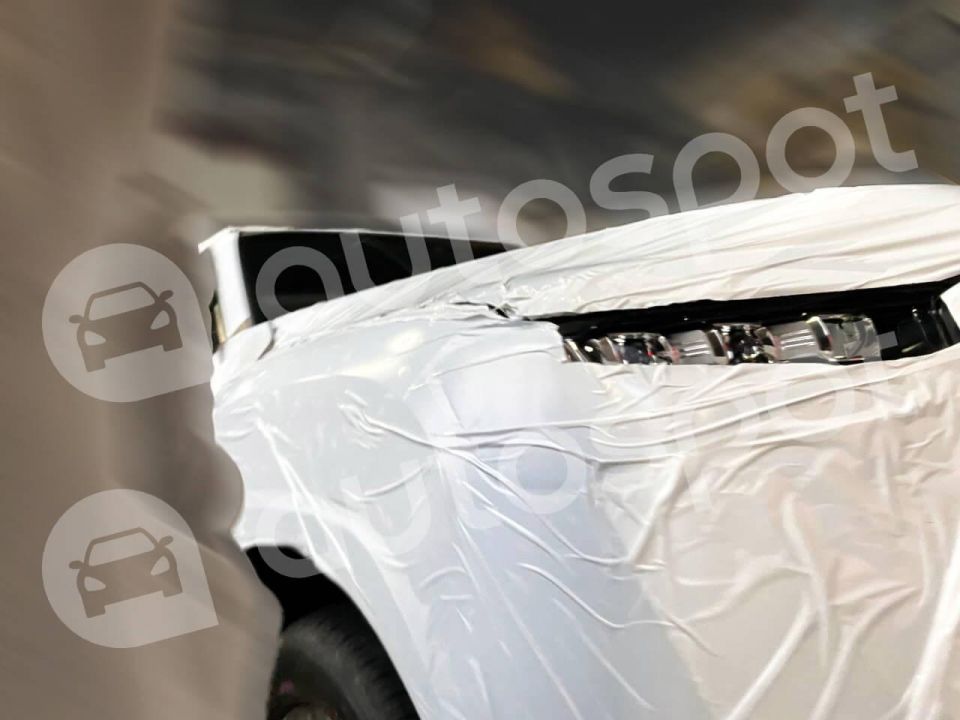
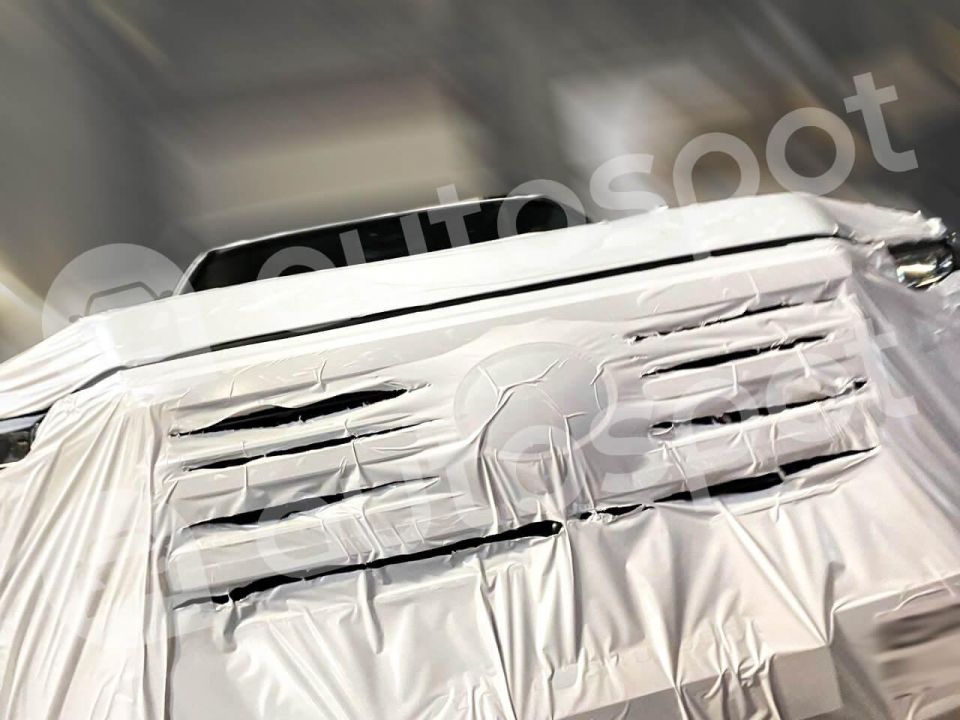
In Japan at least, the model line-up will reportedly comprise GX, AX, VX, and range-topping GR-S and ZX models, though it seems likely Toyota would continue with its long-running GX, GXL, VX and Sahara trim level names.
The new LandCruiser should see a significant upgrade in terms of safety equipment, with reports indicating the entire model range will come standard with Toyota’s Safety Sense suite of active safety technology.
That means standard equipment should include autonomous emergency braking, adaptive cruise control and lane-departure warning.
Creative311 also reports blind-spot monitoring and a surround-view camera will be standard across the range, while up-spec models will add a 3D multi-terrain monitor and fingerprint detection to start the car.
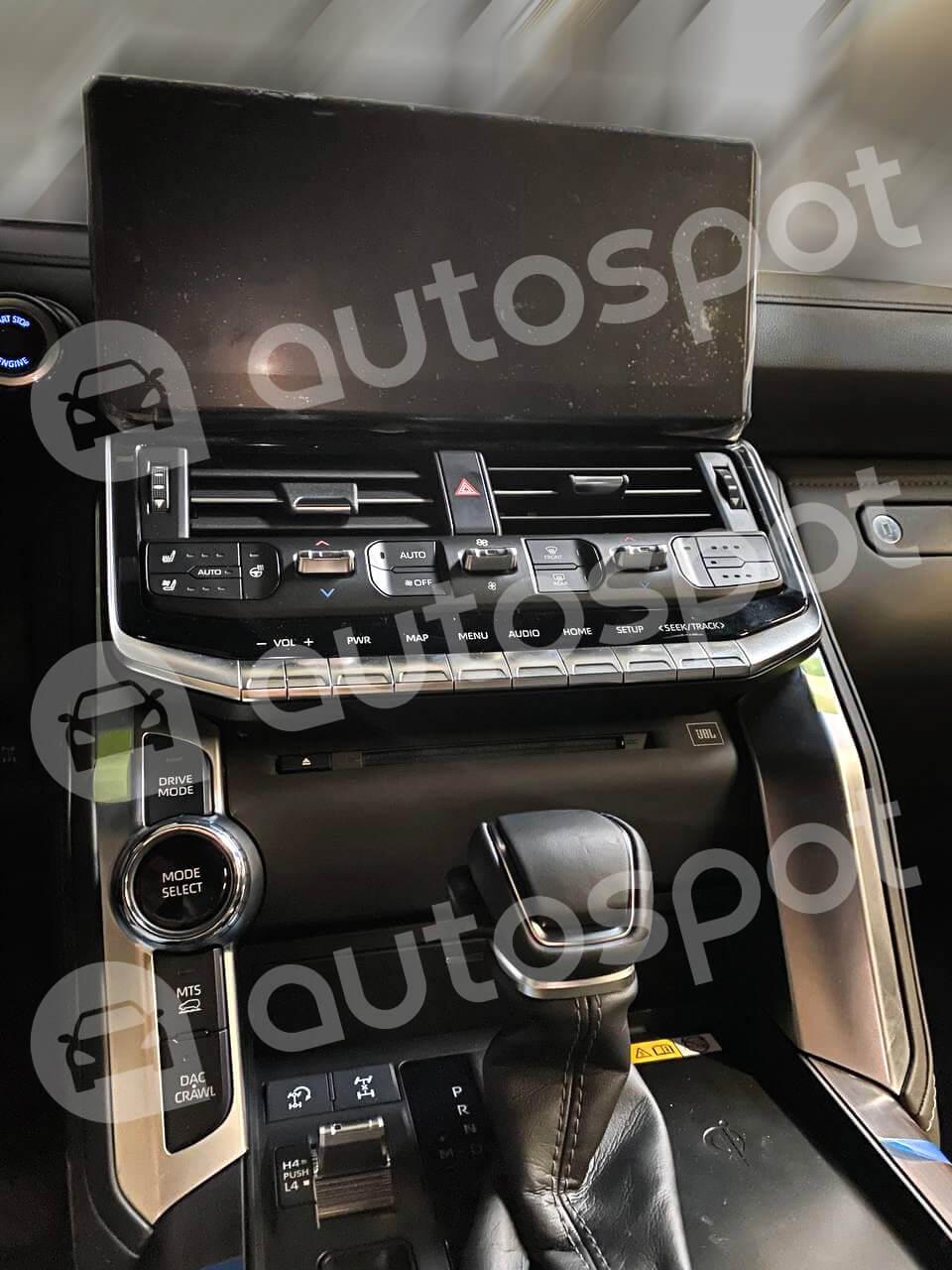

Touchscreens will measure 9.0 or 12.3 inches.
Leaks earlier this year gave us a close look of the centre stack in what appears to be range-topping Sahara guise, with heated and ventilated seat controls located just below the touchscreen and a row of hard buttons below those for the sound system.
There are also new features like a heated steering wheel and a Qi wireless charging pad on the centre console, as well as a larger screen within the instrument cluster flanked by analogue gauges.
The LandCruiser 300 Series will also add an automatic stop/start system.
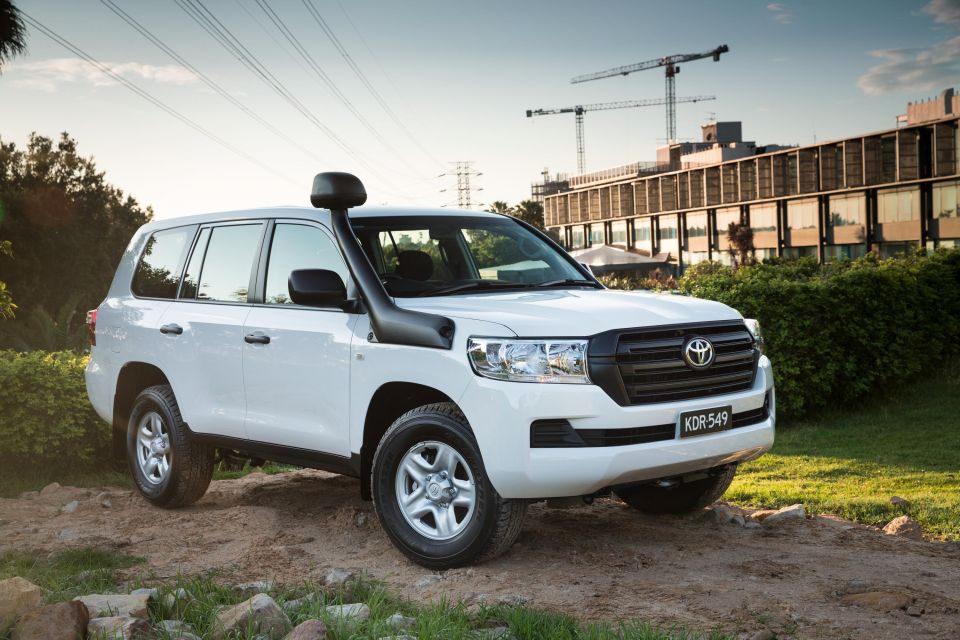
The new diesel six replaces the current car’s 4.5-litre twin-turbo diesel V8 engine, which produces 200kW of power and 650Nm of torque.
The twin-turbo V6 petrol replaces the naturally-aspirated 5.7-litre V8 offered in markets like the US.
Some markets will continue to offer the 1GR-FE, a naturally-aspirated 4.0-litre petrol V6 engine that’s previously seen duty in Australian-market Prado, HiLux and FJ Cruiser models, and continues to be offered in the 4Runner and Fortuner overseas.
We expect to see a debut of the 300 Series this year, though local launch timings have yet to be confirmed.
Overseas reports have indicated the new SUV has been delayed slightly.
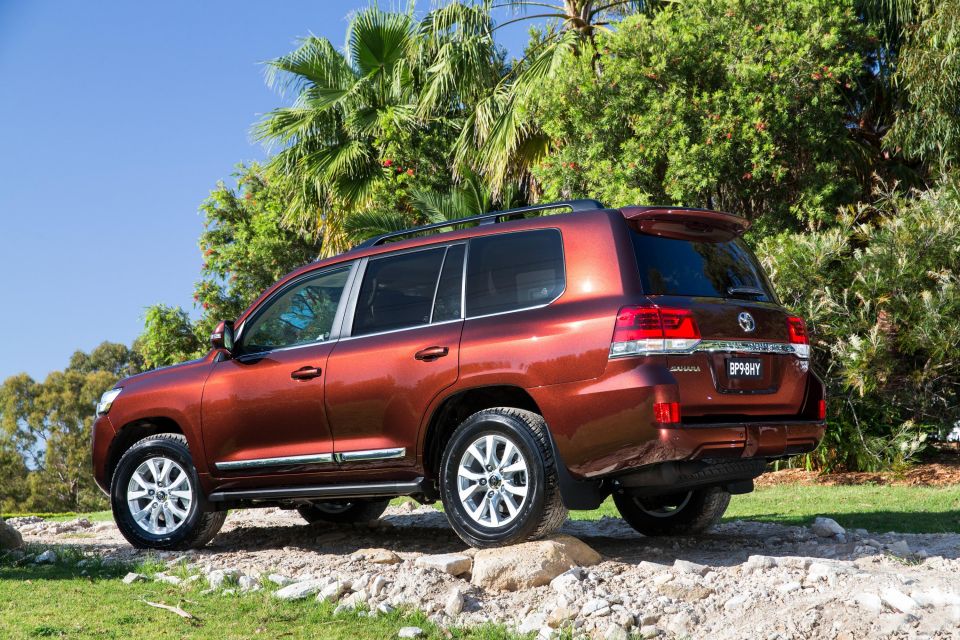
In January, a dealer source told BestCarWeb the product outline would be released in March, reservations would open in April, and it would be officially released in May.
The recent shortage of semiconductors has pushed out those timeframes, with Japanese reservations now reportedly set to open in May and deliveries beginning in August.
As previously revealed, the wheelbase of the 300 Series LandCruiser is expected to grow in size to 2900mm, up from 2850mm.
Overall length will be 10mm shorter at 4980mm while width will reportedly stay the same at 1980mm.
CarExpert does the hard work to get you the best price. No negotiating, no hidden costs, just expert help and real savings on your next new car.
William Stopford is an automotive journalist based in Brisbane, Australia. William is a Business/Journalism graduate from the Queensland University of Technology who loves to travel, briefly lived in the US, and has a particular interest in the American car industry.


Gautam Sharma
2 Months Ago
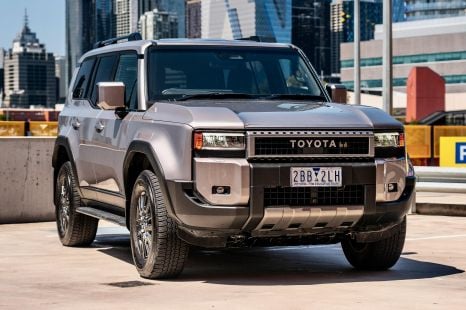

Max Davies
1 Month Ago


Matt Campbell
23 Days Ago
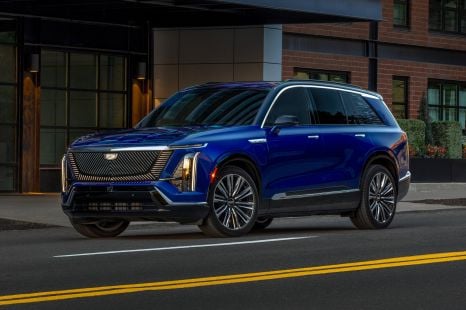

William Stopford
18 Days Ago
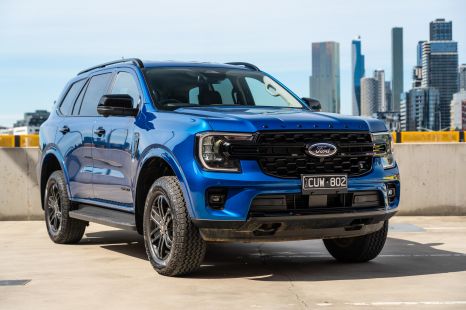

Josh Nevett
18 Days Ago
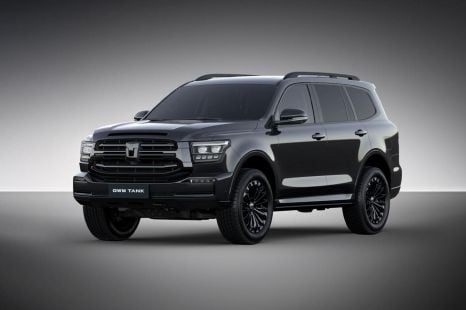

William Stopford
11 Days Ago